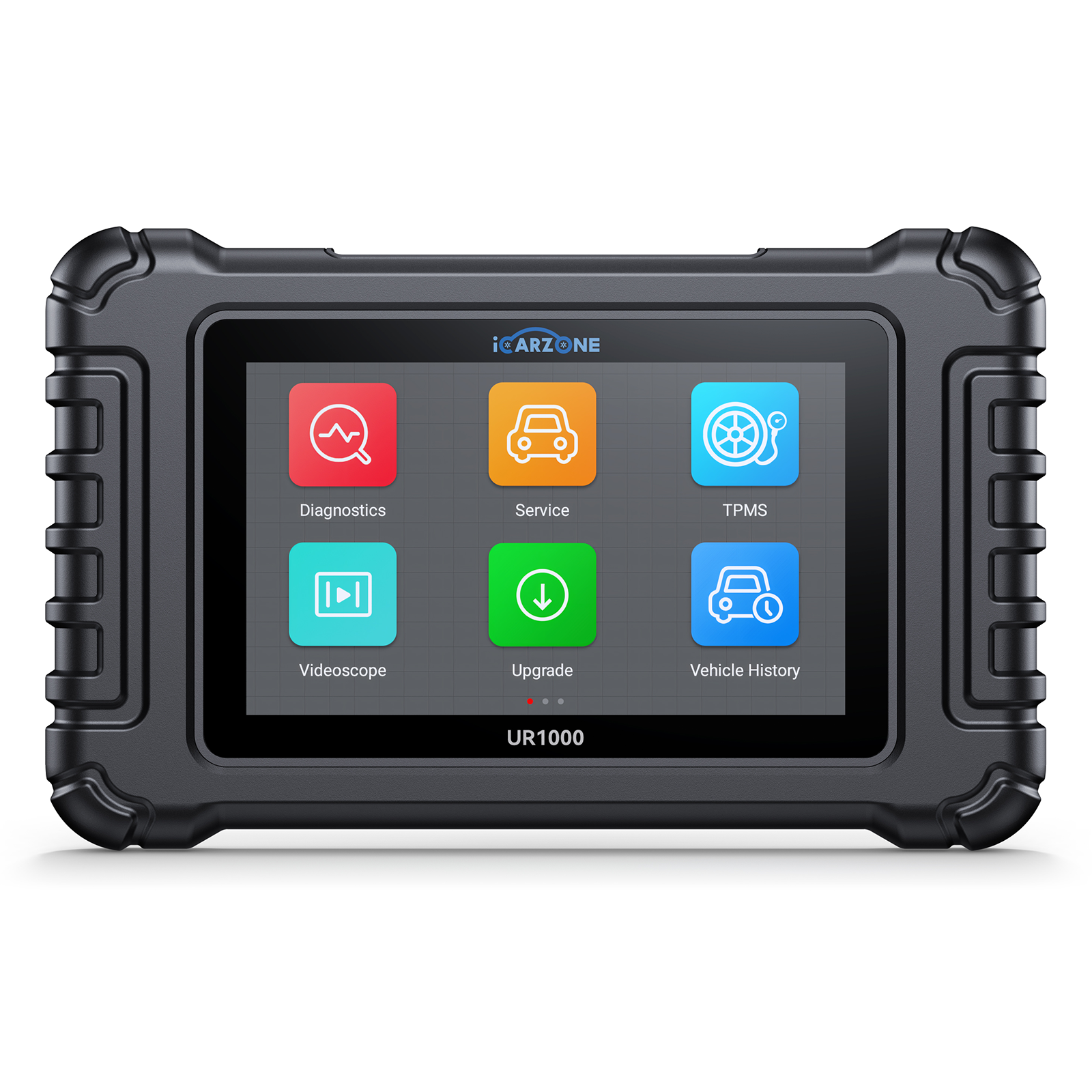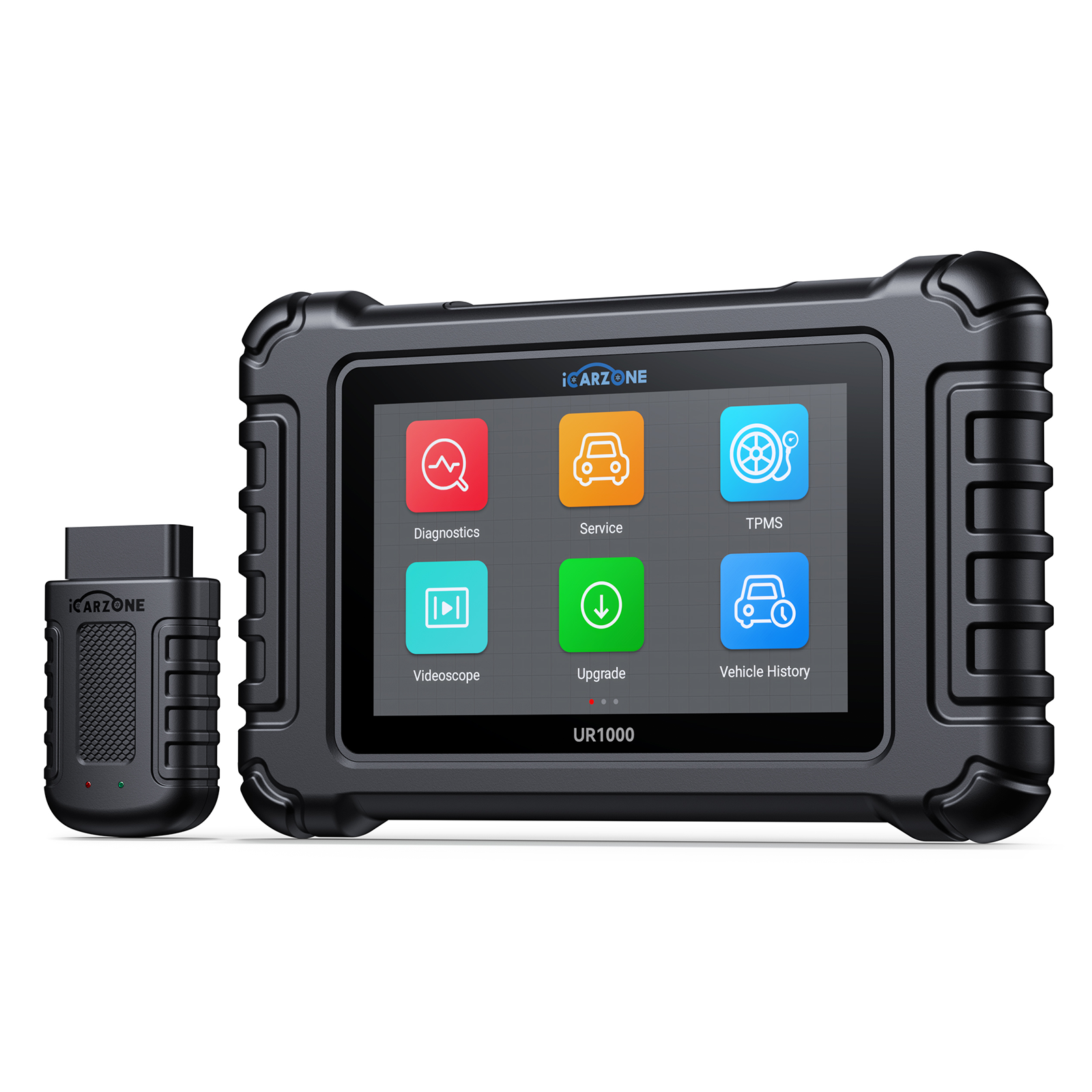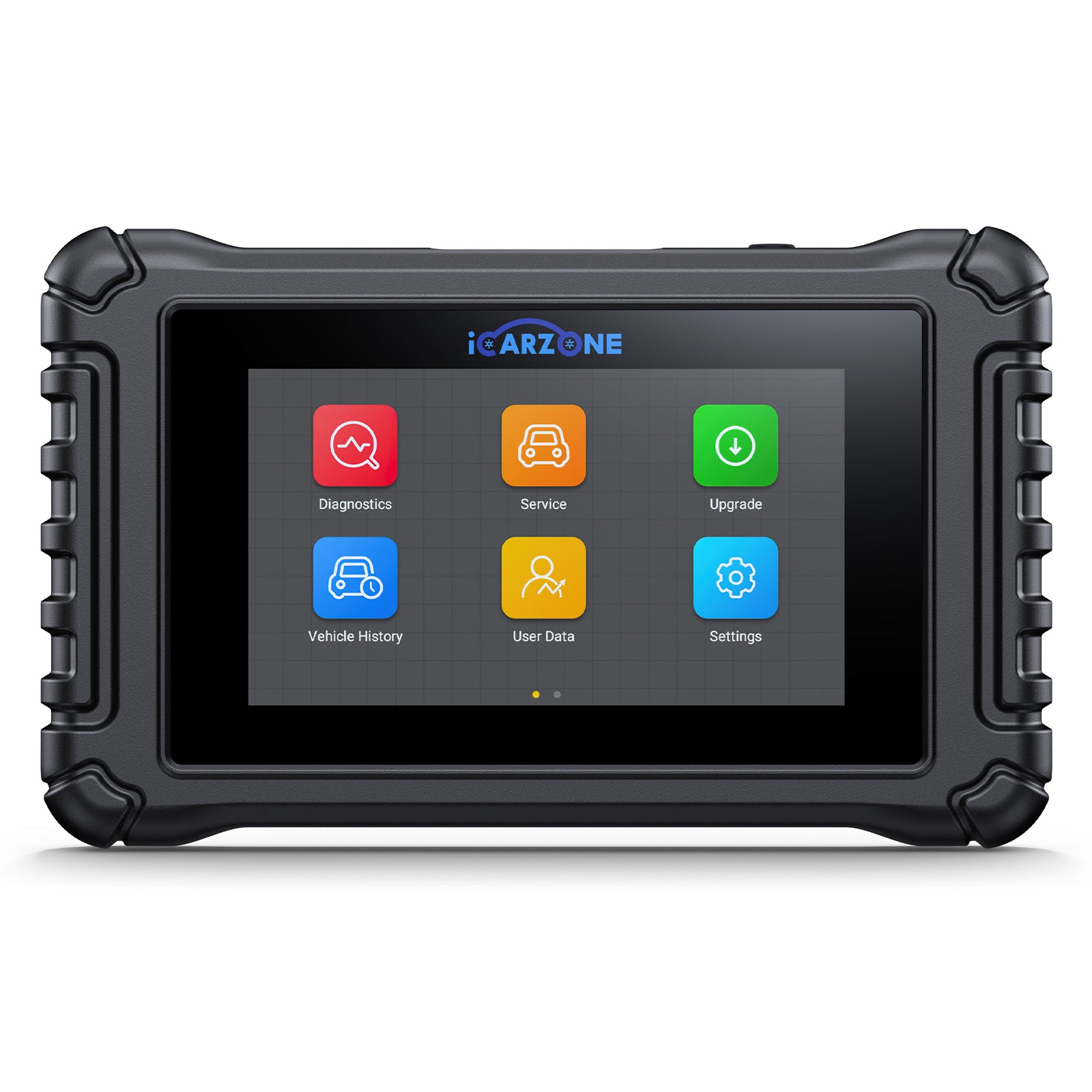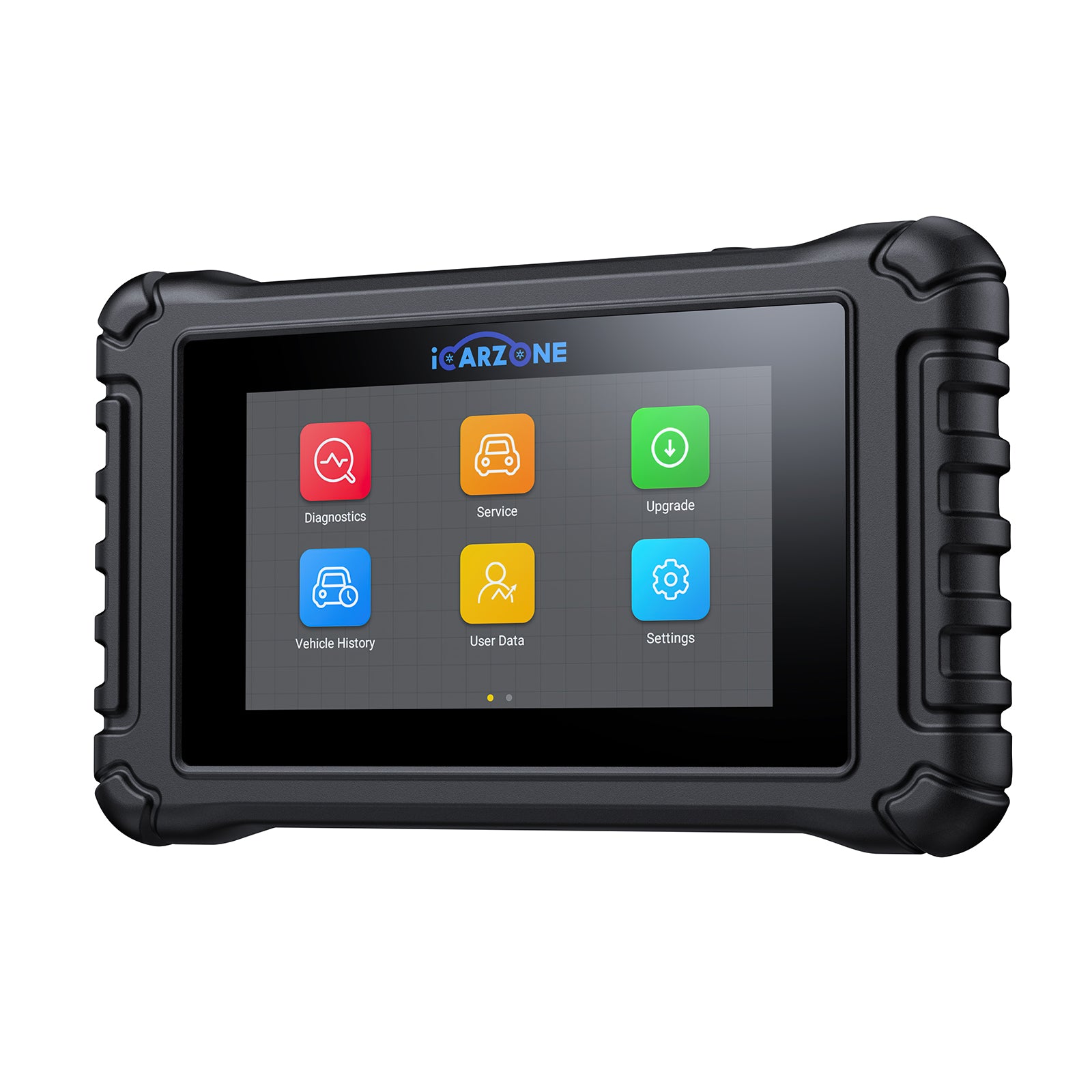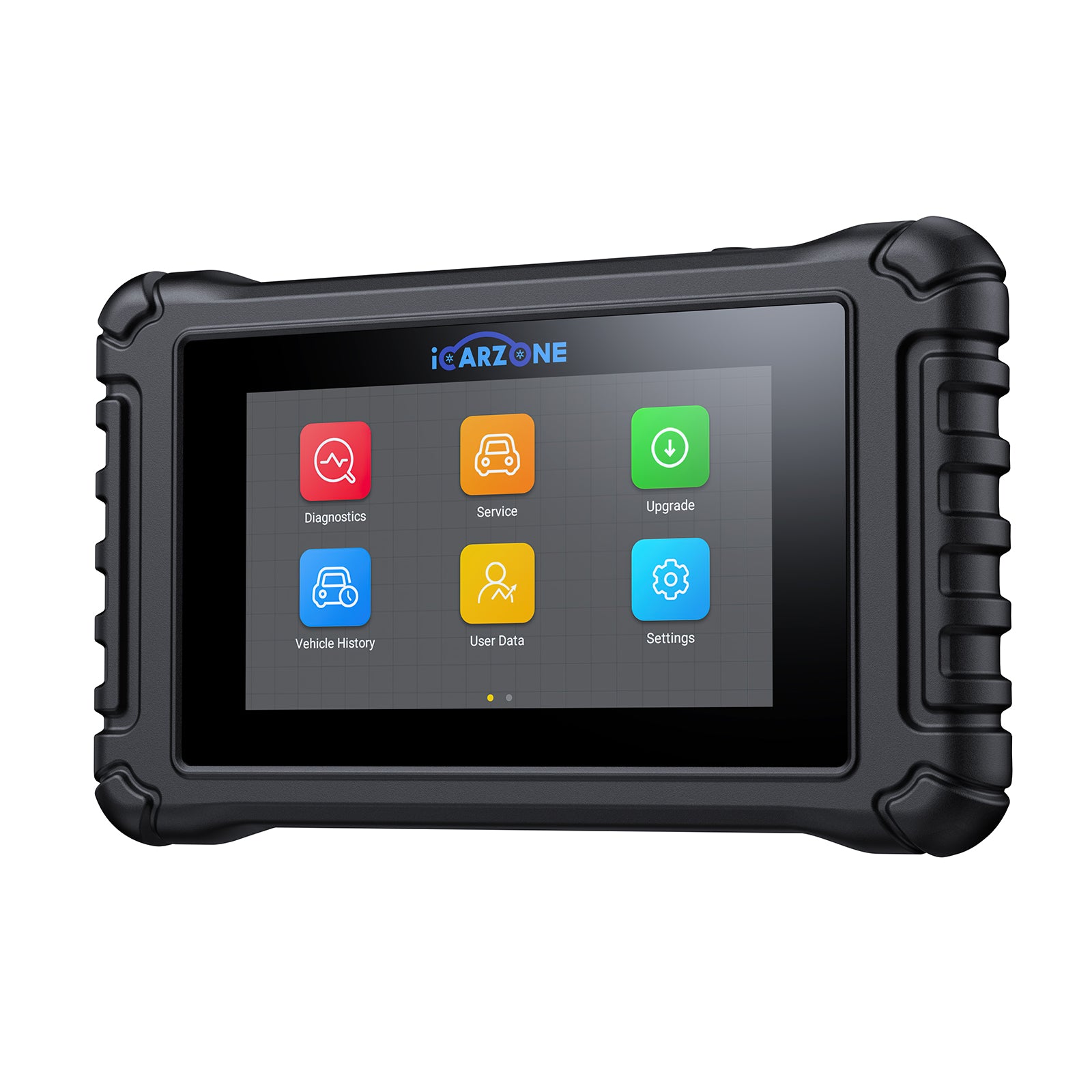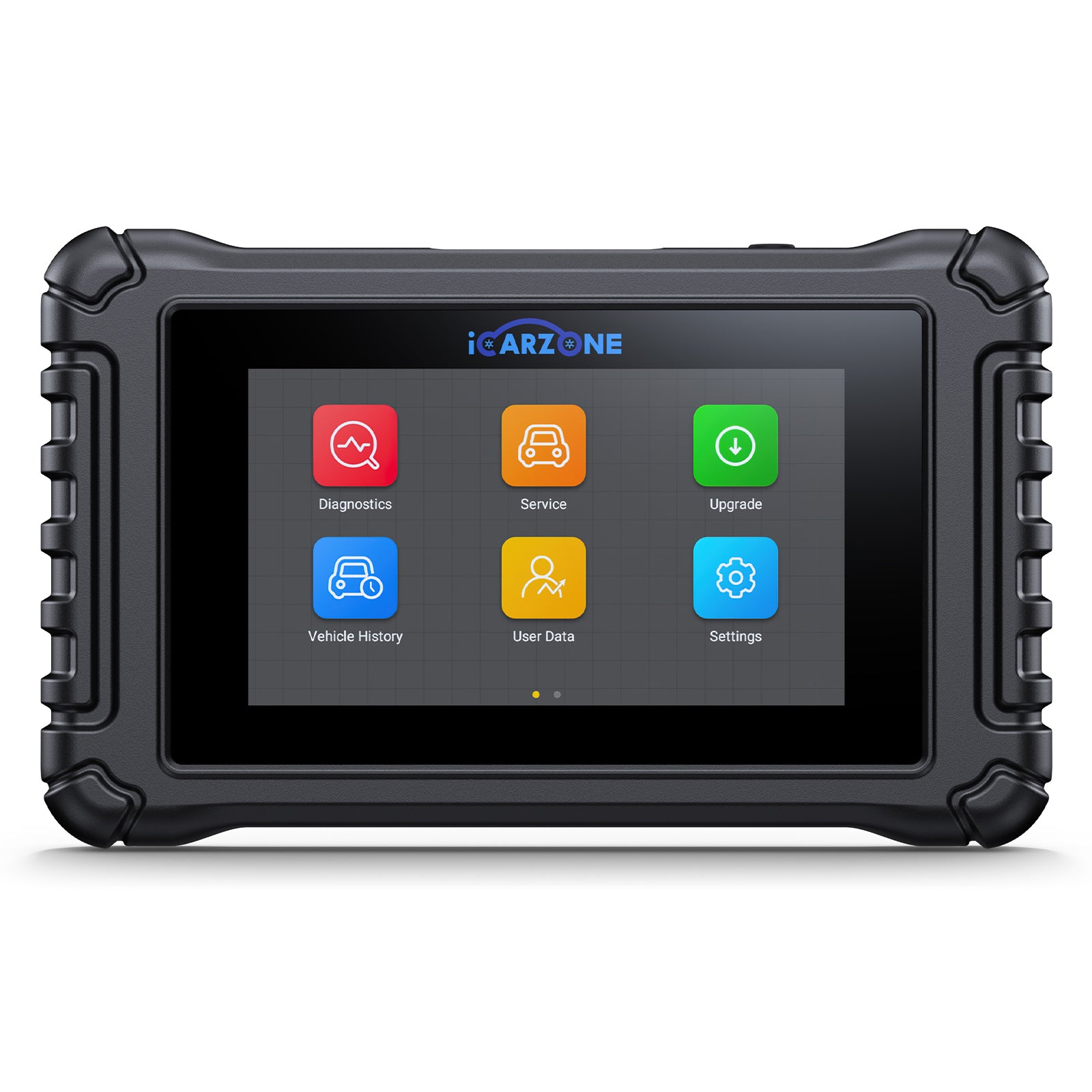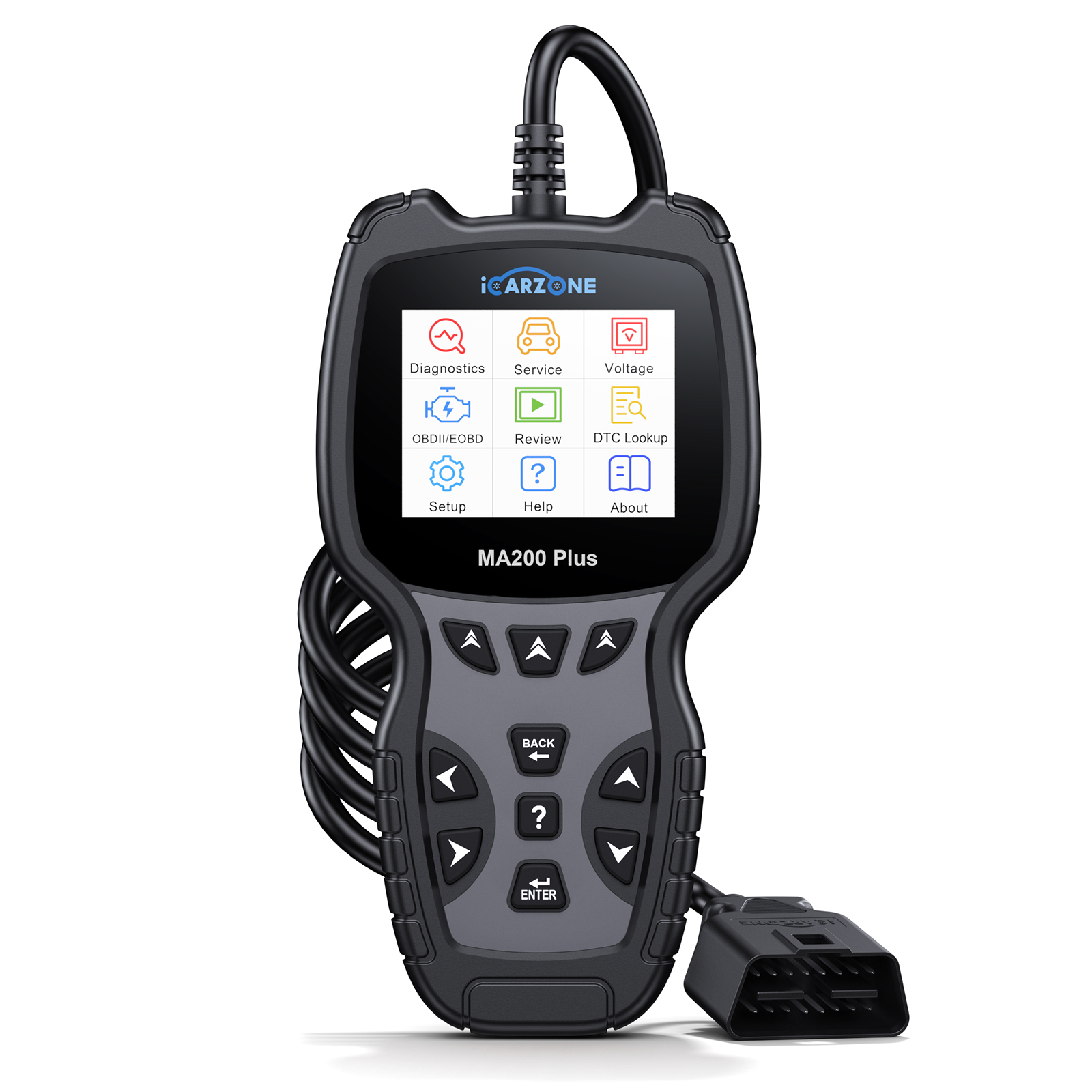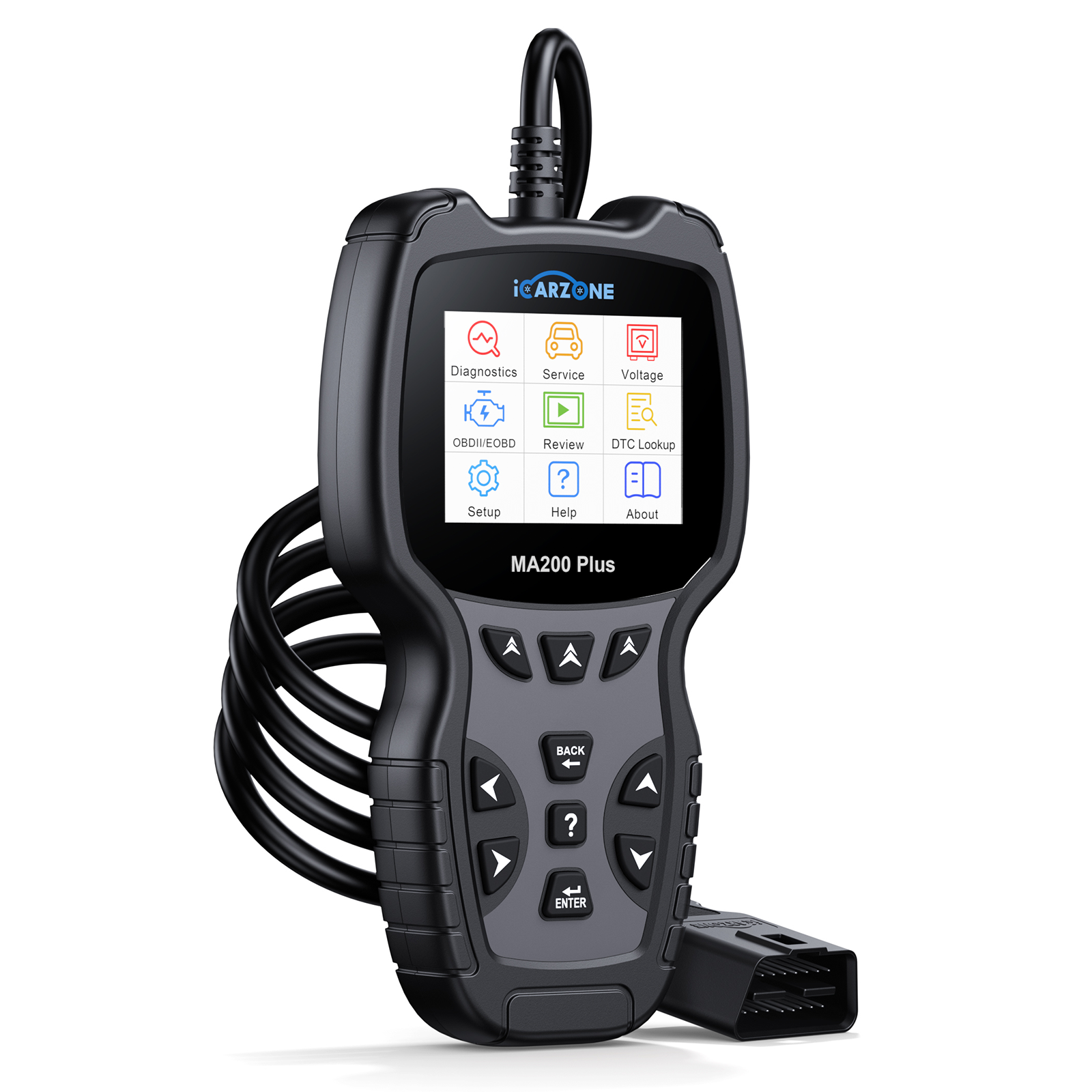P0402: Exhaust Gas Recirculation Flow Excessive Detected
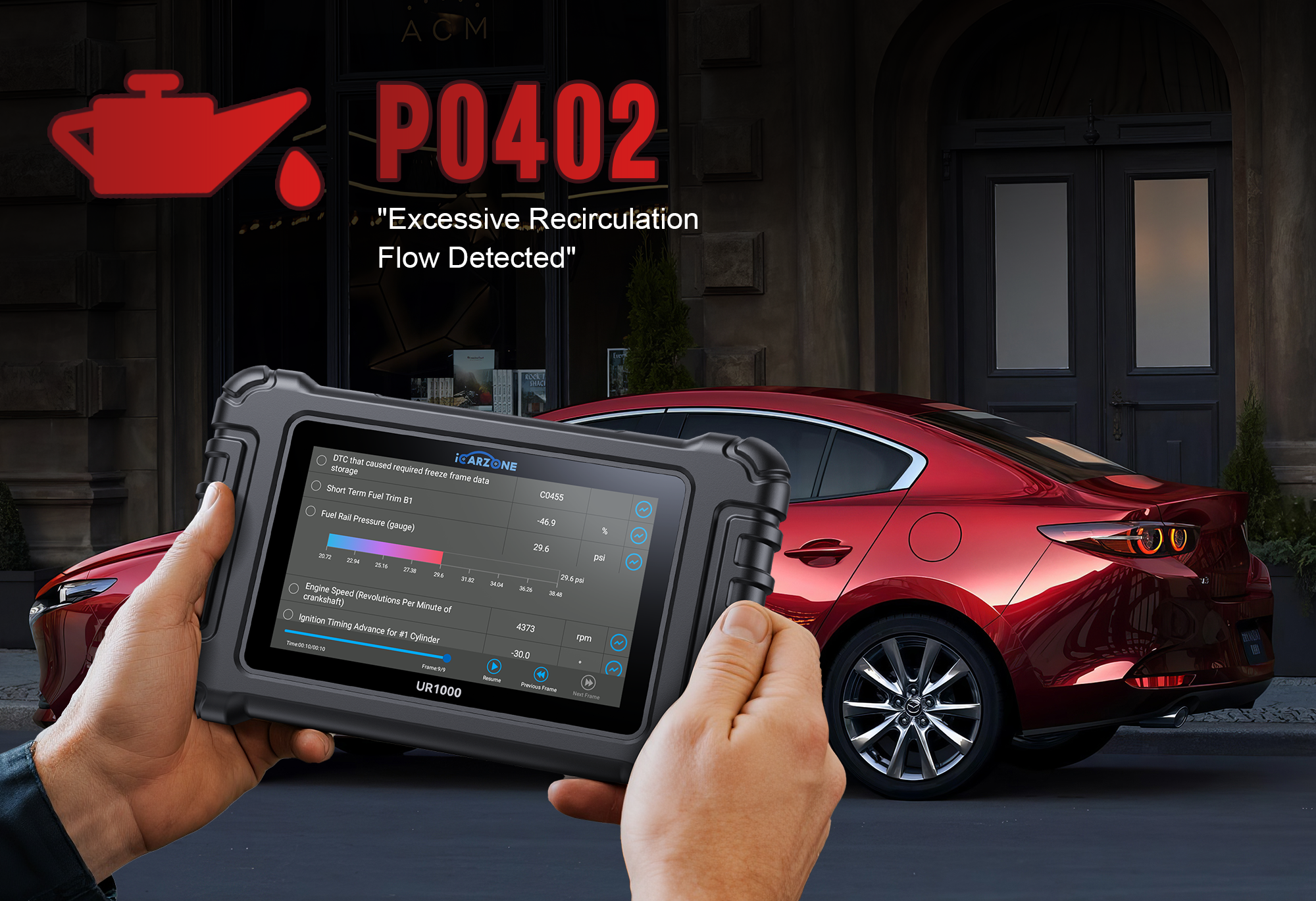
P0402: Exhaust Gas Recirculation Flow Excessive Detected
Published by ICARZONE: August 12, 2025Step-by-step breakdown: what triggers P0402, how to diagnose EGR system issues, and proven fixes to restore proper exhaust gas recirculation function.
View Compatible Tools1. What is P0402?
P0402 is a diagnostic trouble code indicating Exhaust Gas Recirculation (EGR) Flow Excessive Detected. The EGR system reduces engine emissions by recirculating a portion of exhaust gases back into the intake manifold, lowering combustion temperatures and NOx production. P0402 triggers when the ECM detects more exhaust gas flow than expected under normal operating conditions.
Why EGR Flow Matters
Proper EGR flow (typically 5-15% of intake air) balances emissions reduction with engine performance. Excessive flow displaces too much fresh air-fuel mixture, diluting combustion and causing performance issues. The ECM monitors flow via EGR position sensors, pressure feedback sensors, or mass airflow comparisons to detect abnormalities.

2. Potential Causes & Real-World Examples
P0402 results from excessive exhaust gas entering the intake, often due to mechanical or sensor-related issues in the EGR system. Common causes with real scenarios:
-
Stuck-Open EGR Valve
Example: 2018 Ford F-150 3.5L EcoBoost – Carbon buildup prevented the EGR valve from closing completely, allowing constant exhaust flow. Valve cleaning resolved P0402. -
Faulty EGR Position Sensor
Example: 2017 Chevrolet Silverado 5.3L – Malfunctioning sensor sent incorrect position data, making the ECM think the valve was open wider than actual. Sensor replacement fixed the code. -
Clogged EGR Cooler or Passages
Example: 2019 Ram 1500 EcoDiesel – Carbon deposits created a restricted path that increased flow velocity, triggering false excessive flow readings. Complete system cleaning required. -
Vacuum System Issues
Example: 2016 Jeep Grand Cherokee – Vacuum leak in the EGR control circuit kept the valve partially open. Repairing the vacuum line restored proper operation. -
ECM Calibration Problems
Example: 2020 Toyota Tundra – Factory software had incorrect EGR flow thresholds. ECM reflashing with updated calibration cleared P0402.

3. Symptoms
Common signs your vehicle is experiencing excessive EGR flow indicated by P0402:
- Check Engine Light: MIL illuminated specifically for P0402.
- Rough Idle: Engine shakes or vibrates at idle due to diluted combustion.
- Reduced Power: Hesitation during acceleration, especially at low RPM.
- Increased Fuel Consumption: Poor combustion efficiency from excessive exhaust dilution.
- Stalling: Severe cases may cause stalling at idle or low speeds.
- Coolant Contamination: In extreme cases, exhaust gases may enter cooling system (sweet smell from exhaust).
4. Vehicles Prone to P0402
Vehicles with EGR systems prone to carbon buildup or sensor issues frequently display P0402. Common examples include:
- Ford F-150 (2015–2020) – EcoBoost engines susceptible to EGR valve carbon deposits.
- Chevrolet Silverado (2014–2019) – EGR position sensor failures in V8 models.
- Ram 1500 EcoDiesel (2014–2020) – EGR cooler clogging issues.
- Jeep Grand Cherokee (2016–2021) – Vacuum-controlled EGR system vulnerabilities.
- Toyota Tundra (2018–2022) – Software-related EGR flow threshold issues.
- European models: Volkswagen Golf TDI, BMW 3 Series, Mercedes-Benz C-Class (high EGR system complexity).
5. Diagnostic Flow
Systematic approach to identify the root cause of excessive EGR flow:
| Step | Action | Tools / Data | Purpose |
|---|---|---|---|
| 1 | Read Codes & Live Data | iCarzone UR1000 with EGR PIDs | Confirm P0402 and monitor EGR valve position, flow rate, and sensor values. |
| 2 | Visual Inspection | Flashlight, inspection camera | Check for carbon buildup, damaged hoses, or obvious valve issues. |
| 3 | EGR Valve Function Test | UR1000 (actuation test), vacuum pump | Verify valve opens/closes properly and doesn't stick. |
| 4 | Sensor Validation | Multimeter, scope | Test EGR position/pressure sensors for accurate readings. |
| 5 | Passage Inspection | Borescope, compressed air | Check for clogs/restrictions in EGR passages and cooler. |
| 6 | ECM Check | OEM scan tool, software update check | Verify calibration and rule out ECM logic issues. |
Example: A Ford F-150's P0402 was diagnosed using the UR1000, which showed the EGR valve remained 20% open at idle. Physical inspection confirmed carbon buildup preventing full closure.
Get EGR Diagnostic Tools6. Solutions & Execution
- EGR Valve Service/Cleaning: Remove carbon deposits with specialized EGR cleaner; use wire brush for heavy buildup. Verify movement after cleaning.
- EGR Valve Replacement: Install OEM or high-quality replacement valve if cleaning fails or valve is physically damaged.
- Sensor Replacement: Replace faulty EGR position, pressure, or temperature sensors and perform reset/calibration.
- Passage Cleaning: Use EGR passage cleaner, compressed air, or professional cleaning services to clear carbon deposits from passages and coolers.
- Vacuum System Repair: Fix leaks in vacuum lines/hoses; replace faulty solenoids or regulators.
- ECM Reflashing: Update to latest calibration to resolve software-related threshold issues.
Diagnostic Tool Comparison
| Capability | iCarzone UR1000 | Basic Scanner |
|---|---|---|
| EGR Valve Actuation Test | Yes (manual control) | No |
| Live EGR Flow Data | Yes (graphing) | Limited / None |
| Sensor Value Verification | Comprehensive | Basic only |
| OEM-Specific EGR Tests | Broad coverage | Very limited |
7. Repair Costs & Precautions
- EGR Valve Cleaning: $0–$50 (DIY with cleaner)
- EGR Valve Replacement: $150–$400 (part + labor)
- Sensor Replacement: $80–$200
- Passage Cleaning Service: $100–$300
- Vacuum System Repair: $50–$200
- ECM Reflashing: $100–$300
Precautions
- Disconnect battery before removing EGR components to avoid electrical issues.
- Allow engine to cool completely before working on EGR system to prevent burns.
- Use proper gaskets when reinstalling components to prevent exhaust leaks.
- Clear adaptation data with a scanner after replacing EGR components.
- Verify repairs with road testing under various conditions (idle, acceleration, cruise).
8. Preventive Measures
Reduce P0402 recurrence and maintain EGR system health with these steps:
- Use high-quality fuel to minimize carbon deposits in EGR components.
- Perform EGR system cleaning every 30,000–50,000 miles as preventive maintenance.
- Change engine oil regularly with manufacturer-recommended viscosity to prevent sludge.
- Address short trips with occasional highway driving to reach optimal operating temperatures.
- Use EGR system cleaners periodically (especially in stop-and-go driving conditions).
- Inspect vacuum lines and hoses during routine maintenance for cracks or leaks.
9. FAQ
Short-term driving is possible but not recommended. Excessive EGR flow causes poor performance, increased fuel consumption, and potential engine damage over time.
Often yes, if the issue is carbon buildup preventing closure. Severe cases or mechanical valve damage will require replacement.
Indirectly. A clogged filter reduces intake airflow, making EGR flow proportionally higher, which might trigger the code.
Not directly, but both are emission systems. DPF issues can create backpressure affecting EGR operation in diesel vehicles.
10. Summary
P0402 indicates excessive EGR flow, typically caused by stuck valves, carbon buildup, sensor failures, or vacuum issues. This disrupts combustion efficiency, causing rough idle, reduced power, and increased fuel consumption. Systematic diagnosis with tools like the iCarzone UR1000 identifies the root cause, while solutions range from cleaning to component replacement. Regular preventive maintenance minimizes recurrence and maintains emission system performance.

Fix EGR Issues Confidently
The iCarzone UR1000 provides EGR valve actuation tests, live flow data, and sensor verification to accurately diagnose and repair P0402 and other EGR system issues.
Shop UR1000 Diagnostic Tool

